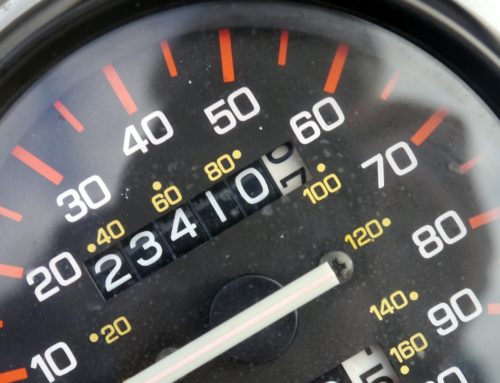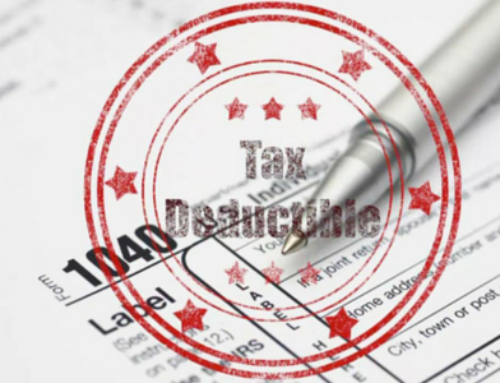We get this question frequently. The short answer is “It depends.” As with all other tax situations, many factors are involved.
Uber, Lyft, dog walking, photography, ads on your blog… whatever your side job is, your earnings are considered income and the federal government requires you to report it and pay the appropriate taxes. If you’re working for a company as a contractor rather than an employee, you will receive a 1099 Form as proof of income. If you’re working for yourself, it’s up to you to keep very close track of your income and expenses, in order to determine your actual taxable income.
There are three conditions that determine whether or not you have to pay quarterly tax. If the answer is “Yes” to any one of these three, you don’t have to send in quarterly payments.
- You expect to owe less than $1,000 in taxes for the tax year after subtracting your federal income tax withholding from the total amount of tax you expect to owe, assuming you have another job withholding taxes for you
- You expect your federal income tax withholding to amount to at least 90% of the tax that you will owe
- You expect your income tax withholding will be at least 100% of the tax on last year’s return (110% if your adjusted gross income was over $150,000, or over $75,000 if married but filing separately)
If the answer is “No” to all three, you must make estimated tax payments. If you have a full-time job that’s already withholding your taxes, one option is to ask your employer to withhold more from your paycheck. You’ll need to adjust your tax withholdings on a W-4 form. However, if your side income is sporadic, you’ll need to keep making adjustments, so you may find paying quarterly to be easier.
To make quarterly payments, use Form 1040-ES. It’s important not to wait until the end of the year, because Uncle Sam wants the taxed portion of your income as you earn it. You may be penalized, depending on the amount of tax you owe, if you don’t pay quarterly. You can also be penalized for paying late, so watch the filing dates carefully. Here is the schedule:
Income from Jan. 1 – Mar. 31: due April 15
Income from Apr. 1 – May 31: due June 15
Income from June 1 – Aug. 31: due Sept. 15
Income from Sept. 1 – Dec. 31: due Jan. 15
Adding side money to your full-time job can complicate your tax calculations. You’ll also need to keep careful documentation on all income and expenses, and you may be able to take other deductions you may not be aware of. Consider reaching out to a tax professional to help you follow the law while saving as much money as you can.




